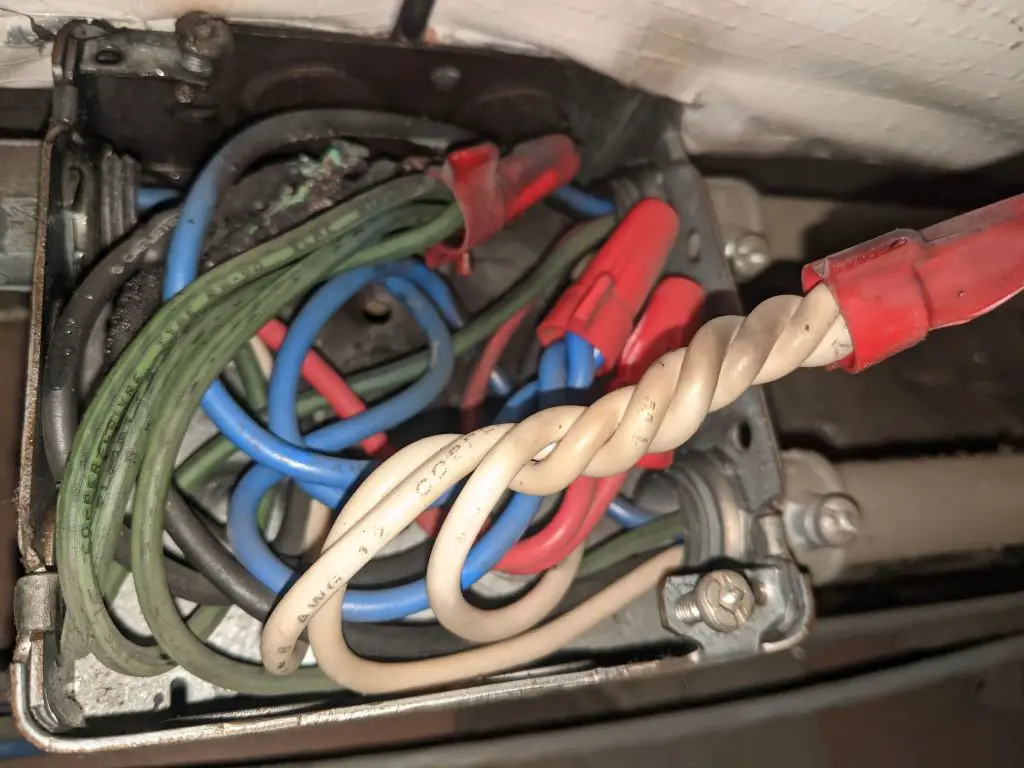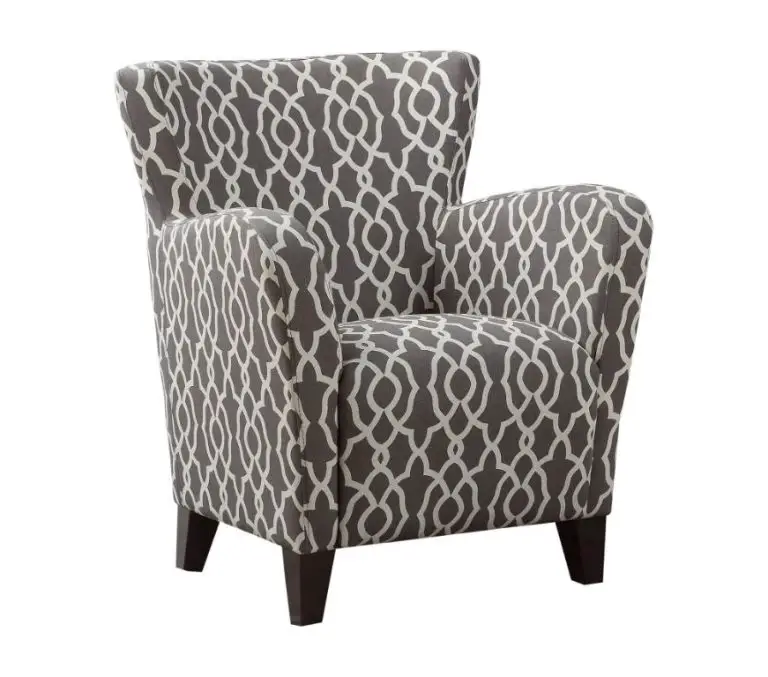How Old Are Porcelain Wire Nuts?
Wire nuts, also known as twist-on wire connectors, are small plastic or porcelain devices used to connect two or more wires together by twisting them around the wire nut. The purpose of wire nuts is to provide a secure electrical connection between wires that prevents shorts or open circuits. In this article we will look at the history and origins of porcelain wire nuts, an early type of wire connector, to learn about how and when they were first invented and used.
Early Wire Connectors
The first electrical wires did not have any connectors or insulation. Bare wires were simply twisted or wrapped together to make connections. This was a major fire hazard, as exposed conductors could easily short circuit. As electricity became more widespread in the late 1800s, the need for safe and reliable wire connectors became apparent. According to sources, some of the earliest wire connectors were simple binding posts or terminals where wires could be screwed in place. Tape and textile insulation was also used to wrap wire junctions. However, these early methods were labor intensive, not moisture resistant, and still posed fire risks.
The first major improvement came with the introduction of twist-on wire nuts in the early 1900s. Invented by electrical contractor William Marr, these porcelain connectors provided a quick and effective way to join wires. The tapered porcelain casing insulated the twisted wire joint while the ridges inside ensured a tight connection. Twist-on wire nuts were a fast and safe method to connect electrical wires that would change residential and commercial wiring practices. Though the materials have evolved over the years, the twist-on wire nut design remains a common connector solution today.
Development of Ceramic Insulators
Ceramic insulators first started being used in electrical systems in the late 1800s. Porcelain was one of the earliest and most popular ceramics for insulators at this time. As electricity infrastructure expanded rapidly, porcelain insulators were installed on power poles and other electrical equipment to prevent short circuits and electrical fires. Porcelain had excellent insulating properties and durability for exposed outdoor electrical lines. According to the UPS Battery Center blog, the global electronics industry now consumes around one trillion ceramic capacitors annually, but this usage traces back to the pioneering electrical porcelain insulators of the late 19th century.
Sources:
https://blog.upsbatterycenter.com/ceramic-capacitors-1-trillion-a-year/
First Porcelain Wire Nuts

Porcelain wire nuts were first manufactured and used in the 1950s with the rise of electrical wiring in homes and buildings. Prior to this, most electrical connections were soldered or used metal twist-on wire connectors. Porcelain offered superior insulation compared to other materials at the time.
The exact origin is unclear, but porcelain wire nuts likely emerged in the United States, coinciding with the expansion of the post-World War II housing boom. Several manufacturers began producing porcelain wire nuts as an alternative to metal connectors. The ceramic material prevented corrosion and reduced fire hazards.
By the mid-1950s, porcelain wire nuts were commonplace in the electrical industry. They were advertised for their high heat resistance, tight connections, and durability. While metal twist-on connectors are still widely used today, porcelain types remain popular for their insulating properties.
Growth of Porcelain Wire Nuts
Porcelain wire nuts began seeing significantly increased usage starting in the 1950s with housing booms in the United States. As more homes were being built, there was a need for a durable, reliable wire connector that could be installed quickly. Porcelain wire nuts offered several key advantages over other wire connectors at the time:
– Higher heat tolerance – The ceramic material allowed porcelain wire nuts to withstand higher temperatures, making them suitable for higher amperage electrical work.
– Quick installation – The spring tension design allowed electricians to twist the wire nut on by hand rapidly without tools.
– Reliable connections – The smooth interior taper of porcelain wire nuts produced solid electrical connections that were less prone to loosening over time.
– Reusability – Porcelain wire nuts could be removed and re-used repeatedly, unlike tape or putty-based insulation.
– Durability – The ceramic material was highly durable and not prone to cracking or deforming over decades of use.
These advantages made porcelain wire nuts the connector of choice for many electricians working on home construction and wiring projects throughout the 1950s to the 1970s. Their ability to provide reliable, long-lasting connections quickly by hand contributed greatly to their rise in popularity during a high growth period of electrical work in the United States.
Modern Manufacturing
Porcelain wire nuts are produced through highly automated processes today. The porcelain material goes through several quality checks during production. Raw porcelain powder is mixed with water and binders to create a homogeneous slurry. This slurry is poured into precision molds and compressed under high pressure to form the basic porcelain shape.
The molded porcelain parts are then fired in computer-controlled kilns that heat the porcelain to over 2,000°F. The firing process vitrifies the porcelain, creating a tough, non-conductive material ideal for electrical insulation. Multiple firings may be utilized to gradually increase density and strength.
The fired porcelain components are precision machined to create the thread pattern and geometry for wire connectors. Automated assemblies screw the nut portions onto the porcelain bodies to complete the wire connectors. At each stage of the process, samples are tested to ensure proper dimensions, fit, and electrical insulation properties.
Modern quality control standards mandate rigorous testing of samples from each batch. Voltage withstand, insulation resistance, thermal cycling, vibration resistance, and other qualifications ensure reliability and safety. Porcelain’s natural properties allow it to easily pass the tight specifications for commercial and industrial electrical devices.
Sizes and Types
Porcelain wire nuts come in a variety of sizes and types to accommodate different wire gauges and applications.
The most common sizes are:
- Small – Accommodates 3-4 18 AWG wires
- Medium – Accommodates 2-3 14 AWG wires
- Large- Accommodates 1-2 10 AWG wires
Specialized porcelain wire nuts include:
- Winged – Have built-in wings for easy removal
- Terminal – Have a terminal screw to securely fasten wires
- Butt – Used for inline splicing without wire twisting
There are also high temperature porcelain wire nuts rated for temperatures up to 250°C, used in industries like HVAC and manufacturing.
Choosing the right size and type of porcelain wire nut ensures a secure connection for the specific application.
Advantages of Porcelain Wire Nuts
Porcelain wire nuts offer several key advantages over traditional plastic wire connectors:
Temperature Resistance – Porcelain wire nuts can withstand much higher temperatures than plastic ones. They are typically rated for sustained use at temperatures up to 250°C (482°F) and some specialized high-temp models can go even higher (MikeHolt Forums, 2009). This makes them ideal for high-heat applications like ovens, stoves, heaters etc.
Insulation – The ceramic material provides excellent electrical insulation between wires. This helps prevent arcs, sparks, and short circuits even in extreme environments.
Durability – Porcelain wire nuts are very rugged and durable. They resist cracking or breaking even after repeated heating and cooling cycles. Plastic connectors can become brittle after prolonged heat exposure.
Vibration Resistance – The ceramic material and design makes porcelain wire nuts resistant to vibrations. They maintain a tight connection even with constant vibrations.
Corrosion Resistance – Being inorganic, porcelain wire nuts are unaffected by moisture or corrosive gases. Plastic connectors can deteriorate over time.
Thus, porcelain wire nuts are ideal for demanding electrical applications where plastic connectors would fail prematurely.
Disadvantages
Though porcelain wire nuts have been around for decades, they have some drawbacks compared to newer plastic wire connectors. Cost is one downside. Porcelain wire nuts tend to be more expensive than common plastic versions (MikeHolt.com Forums). The ceramic material also makes them more brittle and prone to breaking if over-tightened or mishandled (Reddit). This brittleness can potentially lead to poor connections. Additionally, the ceramic insulation does not grip or hold wires as tightly as the spring steel inserts found in many modern plastic wire nuts. For these reasons, plastic wire connectors have largely replaced porcelain versions for general wiring work. However, porcelain wire nuts are still preferred for high-temperature connections near heat sources like ovens where plastic would melt.
Conclusion
In summary, porcelain wire nuts have a long history dating back to the late 1800s. They were originally made with ceramic insulators to withstand high temperatures in early electrical systems. Porcelain wire nuts grew in popularity through the early 20th century and became a staple wiring device for electricians. Modern porcelain wire nuts are still manufactured and valued for their heat resistance and durability. While some new wire connector technologies have been introduced, porcelain wire nuts continue to occupy an important niche thanks to their proven performance record. The future remains promising for this classic wiring device as electrical systems require stable, high-temperature connections. Porcelain wire nuts have ably served past generations of electricians, and will likely continue meeting wiring needs for years to come.



